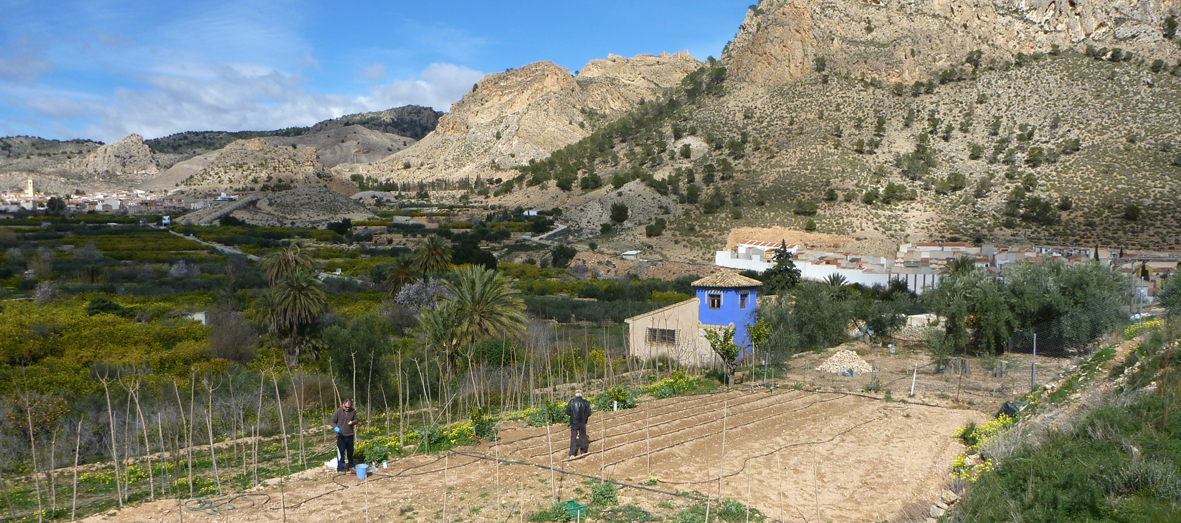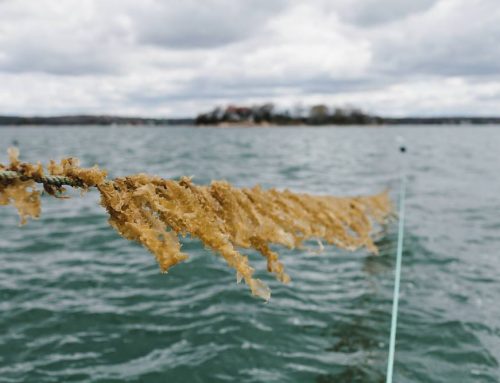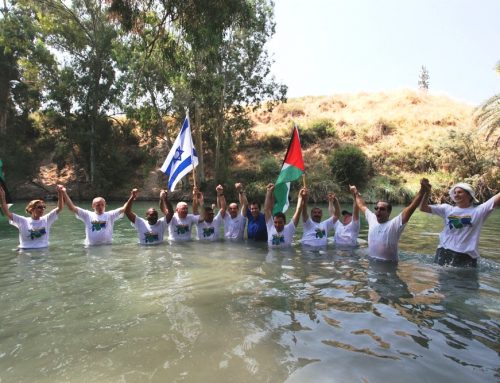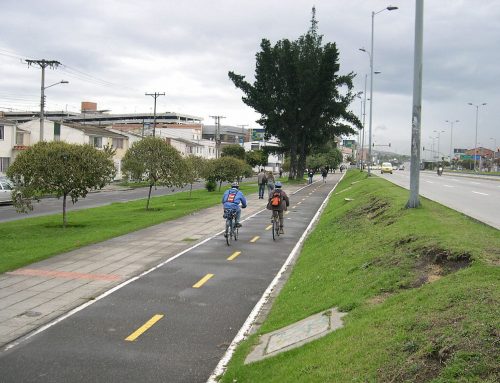Can the knowledge developed by observing a small dryland village adapt to climate change be used in other places?
In spite of the challenges they pose, drylands have been successfully settled by humans over time, and constitute a “hot spot” for the study of adaptive resilience in dry climates. Ricote, in SE Spain, provides an example of adaptive resilience in drylands. For over 1000 years, the village of Ricote (c. 1000 people) has relied on irrigation technologies of Andalusi origin (c. 900 AD) to water its 200 ha of terraced fields. To face increasing temperatures and water scarcity, the Community of Irrigators of Ricote has recently integrated drip irrigation and IT (remotely controlled irrigation and related apps) in this otherwise traditional social-ecological system (see the blog Ricote community members use to monitor irrigation). The implementation of such technologies entails important social and ecological transformations, and some potential drawbacks. By modeling this ongoing transition in collaboration with the local community, ARiD aims at helping define inclusive social-ecological models for land use and water management in drylands. Ultimately, ARiD aims at contributing innovative tools for the reduction of social vulnerability to intense and recurrent drought.
In drylands, the development of sustainable models of land use and water management is one of the most urgent challenges in the context of climate change. In spite of having the lowest biological productivity on Earth, drylands have one of the fastest growing human populations, with potential for climate-related migrations, disasters and conflict. In such contexts, cascading effects from climate change to food security have potential implications for human security. ARiD addresses challenges in agriculture from a small-scale bottom-up and long-term perspective. This approach is based on the study of a small traditional irrigated agriculture system from its origin over 1000 years ago to the present. Social, environmental and technological transformations over this time period have emerged mostly from the will and initiative of the local community, allowing their preservation and viability in spite of significant climatic (MDA, LIA) and social-historical events (feudal conquest, industrialization, globalization). Modelling this transformative process, studying its strengths and potential hidden weaknesses, will allow us to capitalize on slowly acquired know-how, potentially informing equitable policies for sustainable agriculture in drylands.
The models that ARiD is developing in Ricote could be used to reproduce the adaptations observed in this village in different places, or it could change underlying values to inspire people to live in a different way. Two main models are being developed in Ricote. These models aim at describing the different components of this socio-ecological system and understanding their interdependencies. A first quantitative model will focus on the ecological and economical impacts of technological innovations implemented in Ricote in terms e.g. of water use, soil quality and production. A second more qualitative model will focus on social structural changes needed for and derived from the implementation of technological innovations in terms of specialized technical knowledge, work load, centralization of responsibilities and management. While the overall system is context-specific, understanding of the functioning and interaction of its components is likely to reveal fundamental underlying principles for the effective integration of traditional knowledge and new technologies elsewhere, in drylands and beyond.



